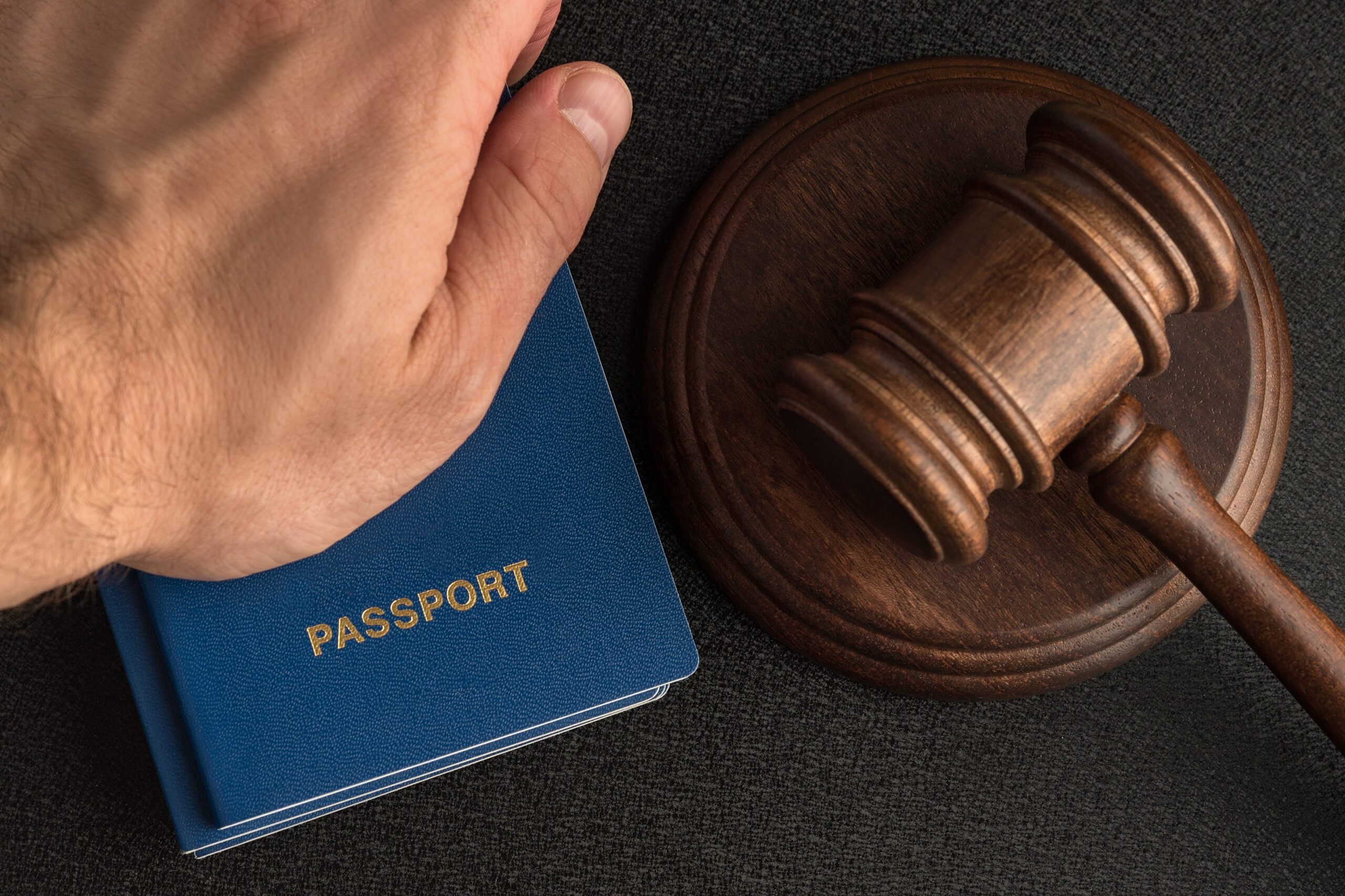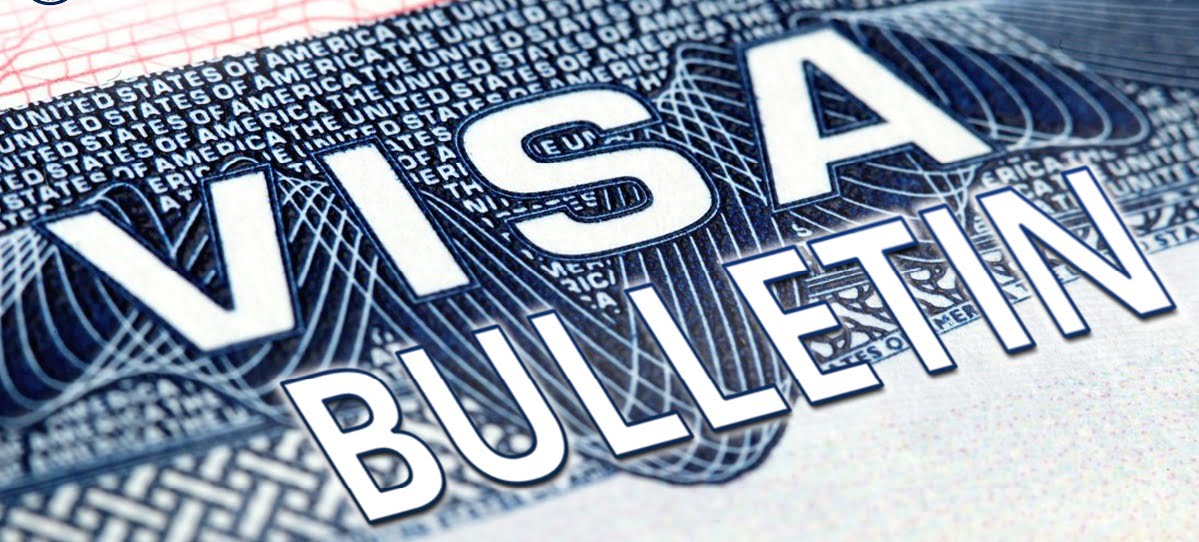Introduction – the O-1A Visa and its Relevance for Entrepreneurs
The O-1A visa is a non-immigrant visa for individuals who possess extraordinary ability in their field, as confirmed by USCIS. For entrepreneurs, this visa represents a significant opportunity to bring their innovative ventures to the United States, a global hub of business and technological advancement. Entrepreneurs with an O-1A visa can access the vast resources, networks, and markets available in the U.S., potentially accelerating their business growth and contributing to the U.S. economy.
This article explores how entrepreneurs can qualify for the O-1A visa by showcasing their extraordinary achievements and the potential impacts of their ventures on the U.S. economy.
Please remember that this article does not provide any legal advice and if you would like to discuss your immigration situation, please speak with the immigration attorney. If you would like to speak with our lawyer, please contact us here and our customer care representative will be happy to arrange a call for you with the attorney.
What are the eligibility criteria for entrepreneurs applying for the O-1 visa as required by USCIS?
While winning a significant internationally recognized award, such as a Nobel Prize or Olympic medal, can immediately qualify you, there are other paths to demonstrate your extraordinary abilities if you are not so fortunate. To qualify for the O-1A visa category, you must meet at least three of the criteria described below (as specified by USCIS), or provide comparable evidence if these criteria do not readily apply:
- Receipt of National or Internationally Recognized Awards or Prizes for Excellence in Their Field
Industry-specific awards and innovation prizes can significantly enhance an application. If your company has received venture capital funding, this can also serve as proof of your extraordinary achievements, provided you can demonstrate that the funding was secured due to your contributions. Traditional awards are also acceptable, as long as they meet the eligibility criteria.
- Membership in Associations that Require Outstanding Achievements for Membership
Being part of elite business organizations, think tanks, or industry-specific groups that require notable achievements for admission can help meet the membership criterion. Participation in top accelerator programs such as Techstars or Y Combinator, read more about accelerators and accelerator programs here, or being a member of prestigious associations like for example IEEE (fellowship). - Published Material About the Entrepreneur and Their Work in Professional or Major Trade Publications
Articles in top business journals, features in major media outlets, or profiles in industry publications highlighting the entrepreneur’s impact. The best articles for the O-1 are articles about you, but you can also use articles about your startup that talks about you, your company. - Participation as a Judge of the Work of Others in the Same or an Allied Field
This criterion can be met if you’ve judged the work of other professionals, for example you were invited as a judge for a hackathon or pitch competition. This criterion can also be satisfied by evaluating accelerator applications, venture capital investment decisions, or academic papers.
Examples include:
- Reviewing abstracts or papers for scholarly conferences in your field;
- Serving as a peer reviewer for scholarly publications;
- Participating as a member of doctoral dissertation committees;.
- Acting as a peer reviewer for government research funding programs.
- Produced original contributions of major significance to the field
Patents, groundbreaking business models, significant product innovations, or influential research papers. Creating a startup can demonstrate original contributions by highlighting the uniqueness and major significance of your startup. Accomplishments such as receiving VC funding, going through accelerators, securing partnerships, and attracting clients can prove the significance of your startup. Previous startups, patents, or other novel inventions can also meet this criterion if they demonstrate novelty and significance. - Authorship of Scholarly Articles in Professional Journals or Other Major Media
Authoring influential books, white papers, or articles that are widely cited within the business community. This criterion can be fulfilled with articles in peer-reviewed journals. Nevertheless, some entrepreneurs achieve it with articles published on business media platforms such as Forbes or TechCrunch. - Held a leading/critical role for distinguished organizations in the field.
This criterion involves two important components: serving in a critical role and being part of an organization with a distinguished reputation. As a founder, you naturally occupy a crucial position within your company. To demonstrate that your startup is distinguished, emphasize factors such as press coverage, venture capital funding, grants, awards, partnerships, and other significant achievements.
You could also satisfy this criterion with roles you held previously, such as Chief Technology Officer (CTO) at a successful startup or Director of a critical team at a large corporation. - Evidence of High Salary or Remuneration in Relation to Others in the Field
To meet this criterion, you need to earn more than others in the same role and field. Some O-1 applicants have effectively demonstrated they meet this criterion by providing evidence of substantial equity holdings. Keep in mind, this might involve the salary and bonuses from your last job, the income you earned in your home country years ago, or the salary and equity you will receive at your new startup.
Everything counts when it comes to collection of evidence. However, your attorney needs to evaluate the evidence and recommend if the evidence provided meets USCIS standards.
Understanding and meeting these criteria is crucial for entrepreneurs aspiring to secure the O-1 visa. That is why if you need to learn more details on satisfying the O-1A or O-1B evidentiary requirements, go to the appendix prepared by USCIS here.
O-1A Visa Application: Steps and Processing Time
Overall, the entire process from initial petition preparation to visa issuance can take several months. It’s essential for entrepreneurs to plan ahead and allow sufficient time for processing, potential delays, and visa appointment scheduling. Working closely with immigration attorneys who specialize in O-1 visas can also help streamline the process and ensure all requirements are met effectively.
Here’s a breakdown of the typical process and timeline involved:
Preparation Phase: This phase involves gathering all necessary documents, such as letters of recommendation, evidence of extraordinary ability, and supporting materials. It also includes consulting with immigration attorneys to ensure all criteria are met.
Filing the Petition: Once the application (Form I-129) is prepared along with all supporting evidence, it is submitted to the U.S. Citizenship and Immigration Services (USCIS). The processing time for the initial review by USCIS can vary. As of the latest updates, USCIS processing times for Form I-129 (which includes O-1 petitions) vary widely and can take several months under the regular processing. However, there is an option for the premium processing – with this option, USCIS review takes up to 15 business days, which is normally followed either by the approval or request for evidence.
Potential Requests for Evidence (RFE): USCIS may issue a Request for Evidence (RFE) if additional information or documentation is required to further evaluate the application. Responding to an RFE typically adds extra time to the process.
Visa Interview: If the O-1 petition is approved by USCIS, entrepreneurs residing outside the United States must schedule and attend a visa interview at a U.S. consulate or embassy in their home country. The appointment availability and scheduling process can also affect the timeline.
Visa Issuance: Upon successful completion of the interview and approval, the O-1A visa will be issued. The visa issuance process typically takes a few days to weeks, depending on the workload at the U.S. consulate or embassy.

Documenting the Impact of Your Venture on the U.S. Economy
To strengthen an O-1A visa application, it is vital to demonstrate how the entrepreneur’s venture will benefit the U.S. economy. Key areas to highlight include:
- Job Creation: Evidence of jobs created in the U.S. by the entrepreneur’s business, including projected future employment.
- Economic Contributions: Financial impact such as revenue generation, investment attraction, and contributions to the local economy.
- Innovation and Industry Leadership: How the business introduces innovative products, services, or practices that drive industry growth and leadership.
- Community Benefits: Contributions to community development, such as partnerships with local organizations, educational initiatives, or social impact projects.
- Market Demand and Growth: Market research showing demand for the entrepreneur’s products or services in the U.S., and the potential for business expansion.
How Can Founders Enhance Their O-1 Petition?
Enhancing an O-1A visa application involves meticulous planning and thorough preparation. Here are key steps to strengthen your application:
- Strong Letters of Recommendation: Obtain detailed endorsements from industry leaders who can attest to the entrepreneur’s exceptional abilities.
- Comprehensive Evidence: Compile extensive documentation to satisfy each eligibility criterion, leaving no gaps in evidence. Create a compelling portfolio showcasing significant accomplishments.
- Professional Presentation: Craft a clear and compelling application with well-organized documents and a persuasive narrative.
- Expert Guidance: Seek advice from seasoned immigration attorneys to navigate complexities and optimize the application.
- Media Visibility: Use media coverage that spotlight your and your company achievements and business impact.
- Continuous Innovation: Highlight ongoing innovation and growth in the entrepreneur’s field.
- Staying Relevant: Emphasize the importance of maintaining a prominent profile and ongoing relevance in the field.
These steps are designed to bolster the strength and persuasiveness of your O-1A visa application, enabling entrepreneurs to effectively showcase their extraordinary abilities.
Requirement of a U.S. Employer
Job Offer: The O-1A visa necessitates a job offer from a U.S. employer who will act as the petitioner. This means the entrepreneur cannot simply self-petition for the visa. Instead, the company must officially offer a position to the foreign entrepreneur and handle the petition process. This requirement underscores the need for a formal employment relationship, including a signed contract.
Work Site and Operational Requirements
Work Site Location: The O-1A visa application mandates the listing of a specific work site location. This means that the company must have an active and operational office within the United States. The physical work site is not just a formality; it must be a functioning office ready to accommodate the entrepreneur as an employee.
Payment of Wages: The company must also be prepared to pay the wages of the foreign worker as listed on the application. This includes having the financial capacity to support the employment terms outlined in the contract. Therefore, the business must demonstrate operational viability and readiness to fulfill its employment obligations.
Structuring the Company: Structuring the Company Entrepreneurs seeking the O-1A visa must carefully structure their companies to meet these requirements. Consult with a corporate attorney or on the best structure for your company.
Conclusion
The O-1A visa provides a valuable opportunity for entrepreneurs with extraordinary abilities to bring their innovative ventures to the United States. By understanding and meeting the eligibility criteria, demonstrating significant achievements, and showcasing the potential economic impact of their businesses, entrepreneurs can successfully navigate the application process. With strategic preparation and immigration attorney guidance, the O-1A visa can pave the way for significant business growth and contributions to the U.S. economy.
If you are interested in determining your eligibility for the O-1A kindly complete this free brief screening, and our team of attorneys will carefully review your accomplishments.
FAQ
How long is the O-1 Visa valid for?
The O-1 Visa allows one to work in the U.S. for a specific employer for up to 3 years, with the potential for unlimited extensions in 1-year increments.Can the spouse of an O-1 Visa holder work in the U.S.?
As the spouse of an O-1 Visa holder, you would receive an O-3 status which allows you to stay in the U.S. for as long as the principal Visa holder remains in legal standing. However, O-1 spouses are not permitted to work in the United States. Taking up employment would be a violation of their Visa status, and may affect their legal position. An O-3 dependent may apply for a different immigration status that permits employment, if they qualify.Can I transition from an H-1B to an O-1A, as a founder?
Yes, you can. You can apply for an O-1 Visa at any time. Unlike the H-1B, there is no limit on the number of Visas available, as there is no annual lottery. There are no industry requirements, salary minimums, or required degrees. The O-1 Visa is also the better choice if you have an ownership interest in the company sponsoring your Visa. Finally, the O-1 can offer a direct path to permanent residency, because of similarities between the O-1 nonimmigrant Visa and the EB-1 immigrant Visa.









